Combat aircraft. Who is to blame for what he is?
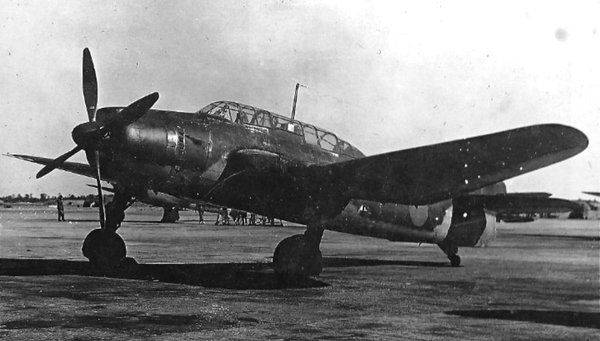
True, indirectly, I am guilty of the fact that the Meteor turned out to be just like that, the Taiho aircraft carrier. In general, the Russey / Meteor fully claims to be one of the most beautiful and elegant aircraft of the Second World War. And at the same time it is the heaviest deck strike aircraft of imperial Japan of that time.
In general, a very outstanding car.
But let's start with the aircraft carrier.
The Taiho aircraft carrier became the largest Japanese aircraft carrier of special construction and the first Japanese aircraft carrier with an armored flight deck. In total, it was planned to build five such aircraft carriers, but we can say that someone was lucky, because during the war the Japanese managed to complete only the lead ship of the series.
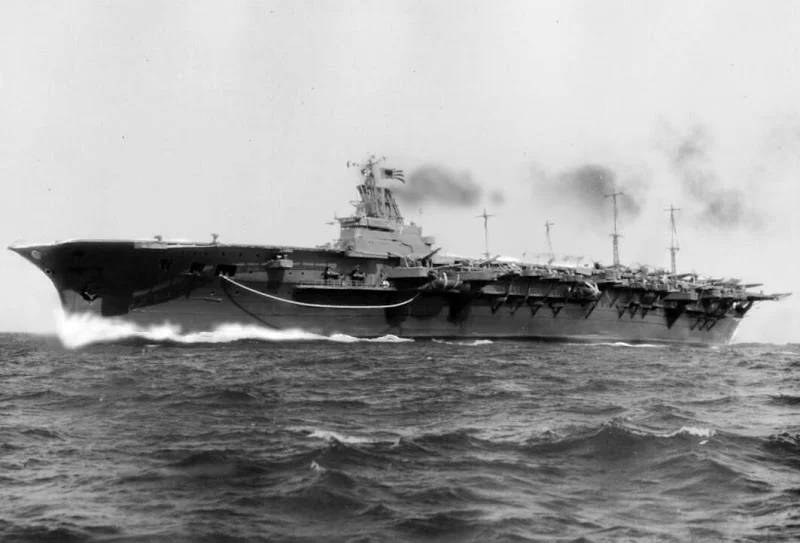
The Phoenix / Taiho belonged to the class of heavy strike aircraft carriers. There really was a lot of armor, but protection had to be paid by reducing the air group from 126 aircraft to 53.
But the planned size of the hangars and the dimensions of the elevators made it possible to take on board much heavier and larger machines than ordinary Japanese aircraft of that time. It only remained to give the task to aircraft designers to create such aircraft. Weights of up to 7,5 tons and dimensions of up to 14 meters in length and the same in terms of wing span.
In general, at the beginning of the war, the Japanese naval command simply dreamed of a dream about a heavy attack universal aircraft. Which could be used as a bomber, and a torpedo bomber, and reconnaissance. Everything is tired of the existing division into bombers and torpedo bombers, and the need to have both types of attack aircraft on board an aircraft carrier.
Of course, it would certainly be tempting to first shoot 50 torpedoes on the enemy’s squadron, and then send the bombs that survived the first attack. To finish off. And it so happened that someone was staying on deck.
And in 1941, the Japanese command was ripe for the development and adoption of such an aircraft. The 16-Shi specification was even developed, according to which the new D4Y Suisei and B6N Tenzan could be developed to replace the new universal aircraft.
It is difficult to say why this time the Japanese command decided to abandon the competition. Perhaps, in order to save time, perhaps for some other reason, it is very difficult to say today. But the fact: the design assignment was given to Aichi Kokuki.
Specification requirements were very peculiar for Japanese aircraft construction:
1. The maximum speed is 550 km / h.
2. Normal flight range - 1800 km, maximum - 3300 km.
3. Maneuverability comparable to the Mitsubishi A6M deck fighter.
4. Bomb load of two 250 kg bombs or six 60 kg in the compartment or aviation torpedo.
5. Defensive (?) Armament of two winged 20-mm cannons and a movable machine gun in the rear cockpit.
The engine was assigned the new 18-cylinder radial Nakajima NK9 "Homare 11" with a capacity of 1820 hp, which was tested in 1941.
The project was led by Norio Ozaka with his assistants Morishige Mori and Yasushiro Ozawa.
This team made many interesting moves in order to make the plane a success in all respects.
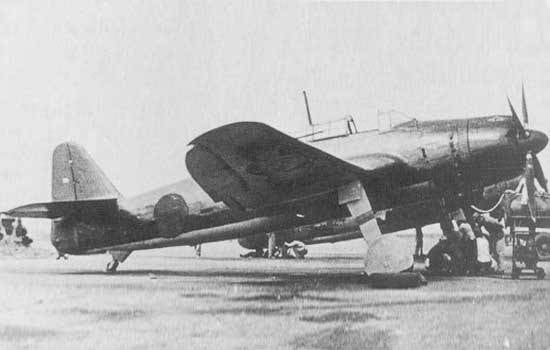
To remove more engine power in the project for the first time, a four-blade propeller with a diameter of 3,5 meters was used. Such a screw dragged a considerable gap.
Since the designers wanted the plane to be very “smooth,” aerodynamically as close to ideal as possible, they abandoned the traditional external arms suspension.
For bomb armament, a very spacious bomb bay was placed in the fuselage, capable of accommodating two 250-kg bombs in tandem or six 60-kg bombs on a special suspension in two rows of three pieces.
It was also possible to load one bomb of 500 or 800 kg into the compartment.
But the torpedo in the compartment did not want to fit. And so that the aircraft could carry a standard Type 91 torpedo, an original suspension was developed on which the torpedo was located under the fuselage, being offset to the port side. But on the underwing nodes of the suspension in this case, it was possible to hang four more 60-kg bombs.
In order for the plane to safely transfer the device of such, say frankly, rather big bomb bay, it was necessary to apply a mid-plan. This, accordingly, resulted in an increase (and hence fragility) of the landing gear. To shorten the landing gear, the wing received a “seagull-type” kink.
So that the aircraft could move inside the aircraft carrier, the wings received a hydraulic folding drive, which reduced the scope from 14,4 to 7,5 meters.
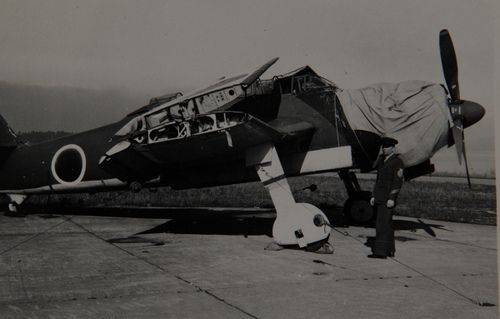
The crew consisted of two people instead of the standard three on deck torpedo bombers.
Small arms, according to the requirement, consisted of two Type 99 Model 2 wing guns and a Type 7,92 defensive 1 mm machine gun in the rear cockpit.
The first prototype aircraft was ready in May 1942. In test flights, the aircraft demonstrated excellent controllability and high performance characteristics. With a reservation like "if the engine worked normally." Motor, the new "Homare 11", of course, was naughty, as it should be new.
The war with him continued throughout 1943 and most likely would have ended in a complete defeat of the designers, but in April 1944 the next version appeared, the Nakajima NK9C "Homare 12" with a capacity of 1825 hp With it, the aircraft went into production under the designation "Deck bomber and torpedo bomber Ryusei B7A2."
However, in 1944, Japan was no longer able to quickly launch new aircraft. Yes, it turned out that the Meteor was easier to manufacture than the smaller D4Y Suisei that Aichi had been building for several years.
The first production aircraft were armed with a 7,92 mm Type 1 machine gun on a mobile unit, and the last serial B7A2 received a 13 mm Type 2 machine gun. This, perhaps, was the only modification of the aircraft in the manufacturing process.
However, the release did not last long. The production of B7A2 at Aichi finally fell in May 1945, after an earthquake, but this could no longer affect the course of the war.
A total of 114 V7A units were built, including experimental ones.
But this is not the most unpleasant. The main trouble for the Meteors was that there were no carriers, as it were. Instead of five heavy aircraft carriers of the Taiho type, one was built. The rest were not even laid, and the Japanese the fleet had to be content with ships of more modest sizes.
Basically - alterations from ships of other classes, such as the Americans sculpted escort aircraft carriers from all in a row.
And on such aircraft carriers, the Ruysei could no longer safely accommodate precisely because of its size. Alas, the dimensions and not something else became the main enemy of the Meteor. Therefore, even a 20-Shi specification was drawn up for the development of the successor to the Ruysei, the smaller M8s BXNUMXA bomber, but the project did not go further than the project, the war ended.
The only aircraft carrier "Taiho", under which, in fact, was designed "Ruysei" went into operation on March 7, 1944. According to the project, 24 of the latest Mitsubishi A7M2 Reppu fighters, 25 Aichi B7A2 Ryusei bombers and four Nakajima C6N1 Sayan scouts were to be based on its board.
But while the group was preparing for the transfer, the aircraft carrier was armed with old planes. His battle group in the first campaign consisted of 22 A6M5 fighters, 18 B6N2 torpedo bombers, 22 D4Y2 dive bombers and three D3A2.
As you know, in the first campaign, in the battle of the Mariana Islands, "Taiho" was sunk. The cause of the death was not so much one (!) Torpedo from the American submarine Albacore, which hit the aircraft carrier, as the inept actions of the crew, who did everything to ensure that the ship died.
Well, they don’t drown a single torpedo aircraft carrier with a displacement of 34 tons. However, if the crew will follow from the heart - easily.
In addition to the Taiho, the Ruysei was waiting on only one ship: the giant Shinano, converted from a battleship of the Yamato class.
They planned to have about 20 aircraft there, but alas. The fate of the Shinano was even shorter than that of the Taiho, and the American submariners sunk it right at the test crossing.
So all released B7A arrived in coastal units deployed in Japan. The largest number of aircraft of this type entered service with the 752nd Kokutai, which took an active part in the battles for Okinawa.
The combat use of the Meteor was quite limited and fell on the final battles of World War II, when even a miracle would not have saved Japan. Combat sorties of attacking Japanese aircraft differed little from the attacks of suicide bombers.
In the meat grinder of the battles for Okinawa in March-July 1945, the Japanese lost their last trained crews. There, around Okinawa, the few Ruysei found their end.
It is very difficult to say something specific about the success of the pilots at the Ruysey. Mainly because the Americans did not bother at all to identify the aircraft that caused them damage and did not bother with what the Japanese pilot was flying on.
And the Japanese pilots, for the most part, could not talk about successes for a good reason. Nevertheless, something still remained in stories.
An almost detective story with the Franklin aircraft carrier, which the Japanese pilots trimmed so that it was restored, but the Franklin no longer fought and never returned to the fleet.
First, according to Franklin, the flagship of the operational group TF-58.4 on 19.03.45/4/XNUMX at Okinawa, a kamikaze on a GXNUMXM bomber plowed. There was no great damage, the kamikaze fell into the sea on the other side of the deck.
But while the crew took a breath from such a show, the plane creeped up, which according to the Americans was D4Y “Shusey” or “Judy” in American terminology, walked along the deck of the ship, dropping two 250-kg bombs, one of which hit the bow, and the second to the stern of the ship, after which a large fire broke out on the ship, which lasted more than a day and actually destroyed the aircraft carrier as a combat unit of the fleet and a third of the crew.
But there is a certain inaccuracy that makes us reconsider something in that story. TWO bombs, which, according to the Americans, were dropped one after another. And they hit one in the nose and the other in the stern.
Alas, in the review on “Syuseya” I wrote that this aircraft in versions D4Y2 and D4Y3 took only ONE 250-kg bomb and a couple of light wings under the bomb bay.
Yes, in the version for kamikaze in the bomb bay, it was possible to load 500 kg bomb and even 800 kg, but two 250 kg ... Alas. They simply did not fit into the bomb bay, and if someone had pushed them there, the suspension mechanism was for ONE bomb.
That is, it is normal for kamikaze, but resetting - no, it won’t work out. And then there would be a clear discharge in turn, since the length of the aircraft carrier is about 250 meters, that's what we think.
By the way, to arrange a "superload" and hang under the wings 2 x 250 kg also does not work. How it will not work to drop bombs in turn. The plane is just dragged off somewhere there, in the direction of the wing with an unbroken bomb.
Well, it doesn’t work out “Shusey”, even though you crack. Yes, and he is a twin-engine ...
But "Ruysey" - quite. He has just a bomb bay for 2 x 250 kg calculated. And he could throw bombs one at a time, not at all afraid to disrupt the alignment of the aircraft. It’s just that, as I said above, the Americans didn’t bother with their heads who arrived. With bombs, it's Judy. And that’s all.
The second episode occurred on July 12, 1945. It seems that (again, the Americans testify), four Betty torpedo bombers, at low altitude, went undetected into Buckner Bay near Okinawa and attacked the anchored battleships “Pennsylvania” and “Tennessee”.
The torpedo hit the “Pennsylvania”, but such a mastodon has only one torpedo that the elephant has shot. And the crew was clearly not like on "Taiho", because the "Pennsylvania" did not drown. Losses amounted to only 10 people killed.
However, the same Americans testify that the Betty, which attacked the battleships, were with a broken wing and single-engine. That is, not Betty at all. And not the Mitsubishi G4M, but all the same Aichi B7A.
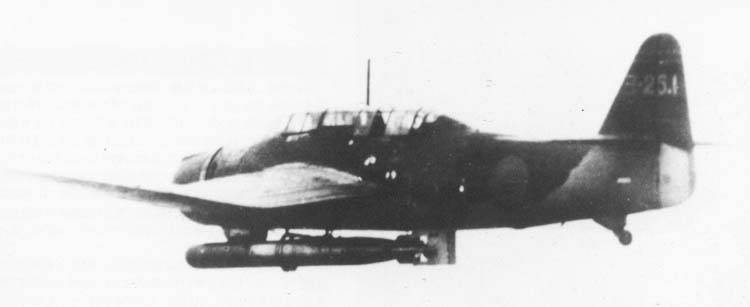
Apparently, this was almost the only flight of the Ruyseyev as torpedo bombers. By the way, three planes were shot down after leaving the attack, but the last survivor did not return to the base either. Either fighters were caught over the sea, or trivially there was not enough fuel for the return trip.
Judging by the damage to the battleship, a hole of about 9 m in diameter is one of the few cases of the successful use of Type 91 Kai 7 avia-torpedoes.
Despite the fact that the Russey bombers were quite modern and quite competitive precisely in the quality in which they were created, they still did not avoid the use of special attacks as flying bombs in detachments.
At the end of July 1945, the newly organized squad Mitate No. 7 joined one of the most militant units of the Emperor’s Shield. The detachment was formed entirely from B7A bombers and bore another name - "Ruysei-tai", that is, "Ryuysei group".
The first baptism of fire of the Ruysei Group took place on July 25, 1945, when 12 B7A with 500 kg bombs flew out to attack the US carrier group operating in southeast Honshu. All vehicles of the group were intercepted by American fighters.
On August 9, American fighters intercepted and destroyed a group of five B7A aircraft in the Kinkasan island area.
On August 13, three Ruysei bombers from the Mitate 7 group attempted to break through to American ships at Cape Inubo, the easternmost point of the Japanese archipelago on Honshu Island. One plane returned due to a malfunction, the other two were shot down on the way.
The last flight of the Ruysei took place on the morning of August 15, 1945, after the announcement of surrender. An attack was planned on American ships near the port city of Katsuura in Chiba Prefecture. For this task two last serviceable “Ruyseya” groups flew out. Their fate remained unknown.
There was another detachment staffed by the Ruysei. It bore the beautiful name Cyrus / Flowering Stream and the last 8 B7As entered it. The detachment was being prepared for the last battle for Japan, but it was no longer possible to apply. The reason was American pilots who destroyed the fuel depot.
On this, the history of the combat use of perhaps the most advanced strike aircraft in Japan ended ...
One bomber Aichi V7A "Ruysey" has survived to our time, which is in the collection of the Garberov Aerospace Museum in the USA. True, as a spare exhibit and disassembled.
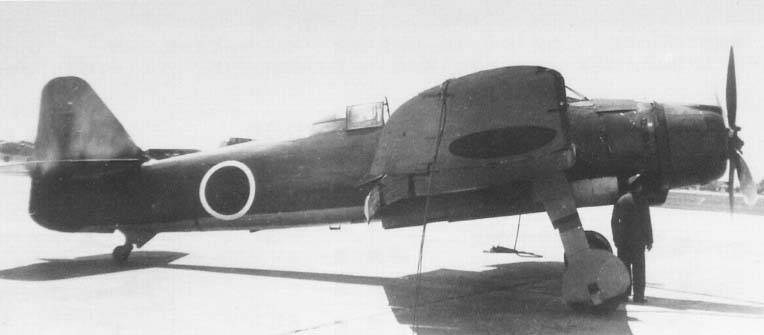
LTX B7A1:
Wingspan, m: 14,40.
Length, m: 11,50.
Height, m: 4,075.
Wing Area, m2: 35,00.
Weight, kg:
- empty aircraft: 3 810;
- normal take-off: 5;
- maximum take-off: 6 500.
Engine type: 1 x Nakajima NK9S Homare-12 x 1 825 hp
Maximum speed, km / h: 565.
Practical range, km: 3.
Combat range, km: 1 800.
Rate of climb, m / min: 580.
Practical ceiling, m: 11 250.
Crew, person: 2.
Armament:
- two wing 20 mm guns type 99 model 2;
- one 7,92 mm machine gun or one 13 mm machine gun on a movable installation at the end of the cab;
- One 800-kg torpedo or up to 800 kg of bombs.
In general, the aircraft was very impressive. Excellent flight characteristics, good weapons. If Japan could realize the strengths of the aircraft by building it in sufficient quantities ...
Alas, like many brethren, the Ruysei was bewildered by the kamikaze attacks.
Based on the materials of Evgeny Aranov.
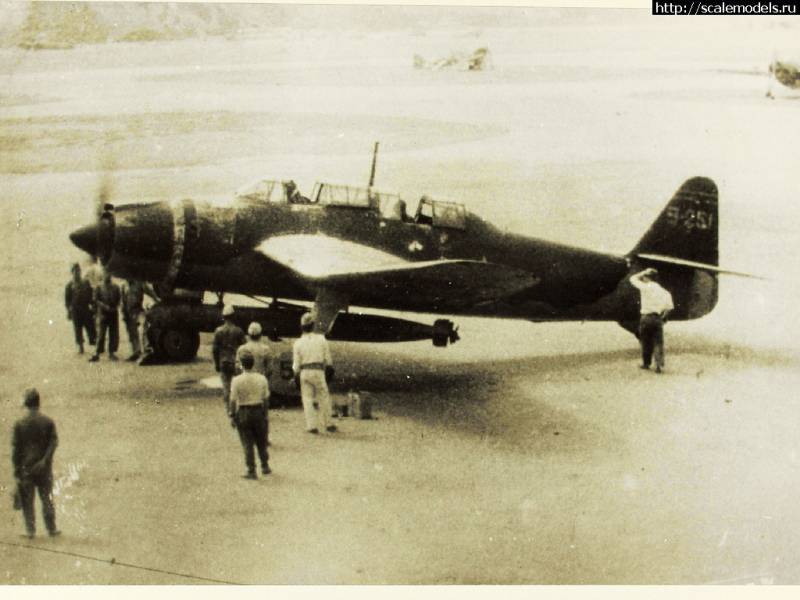
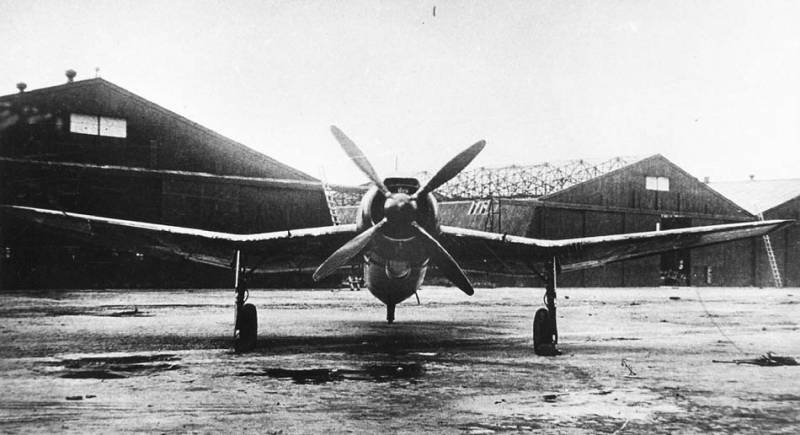
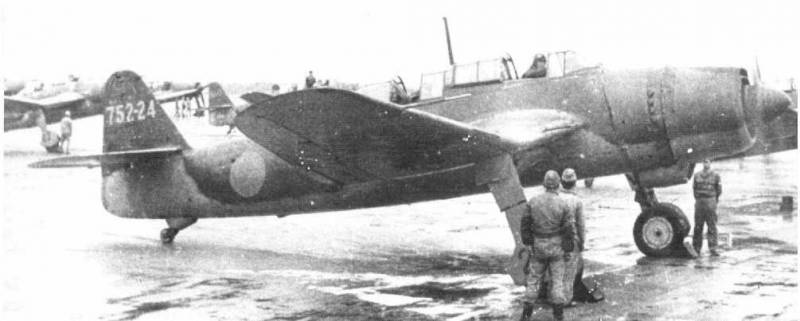
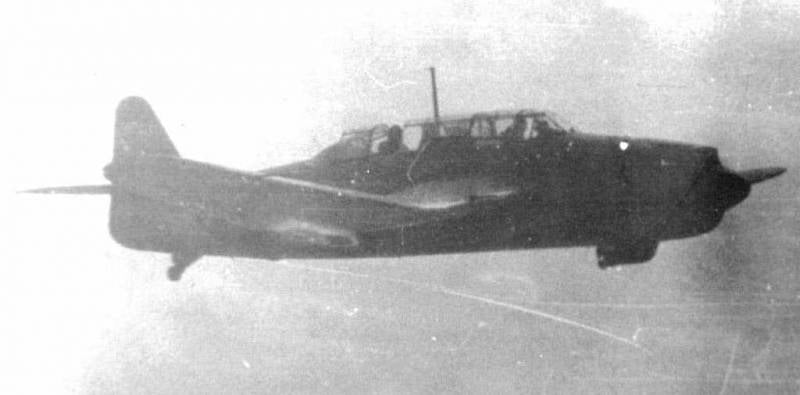
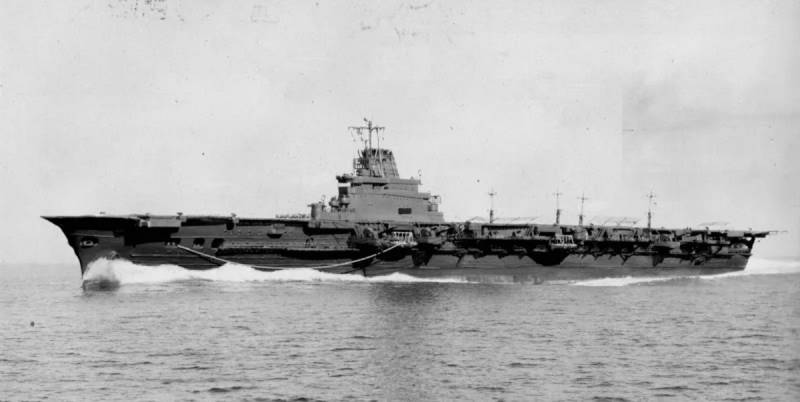
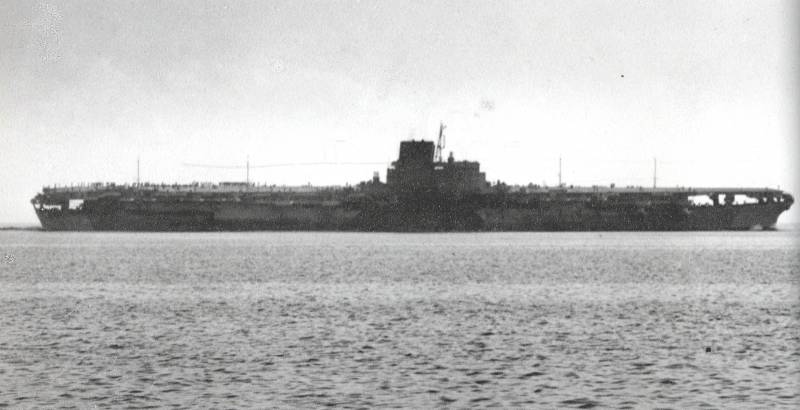
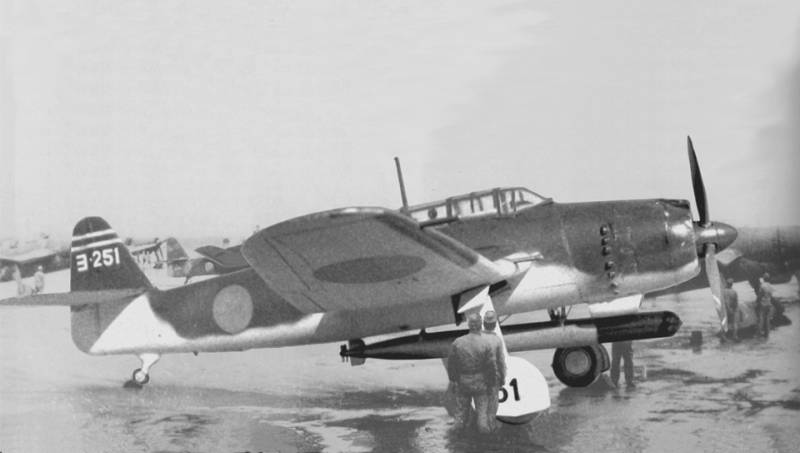
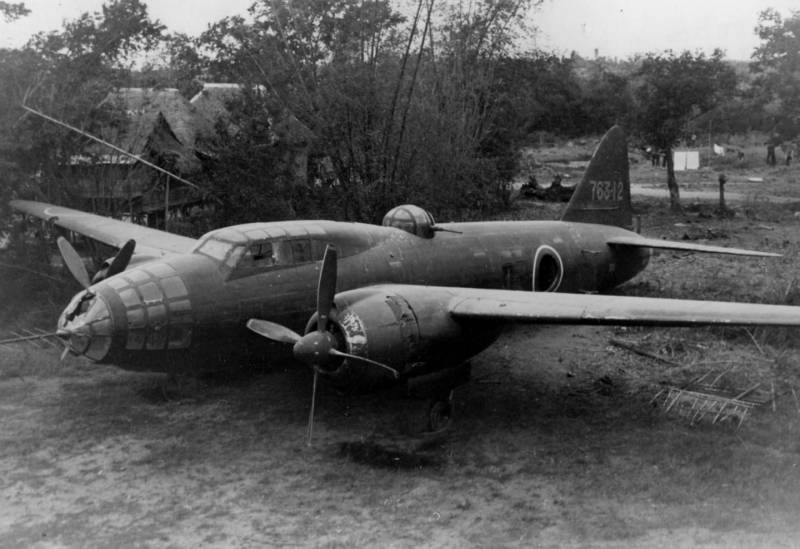
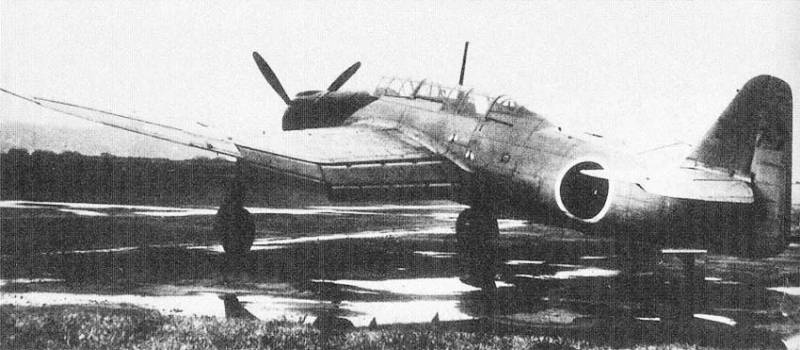
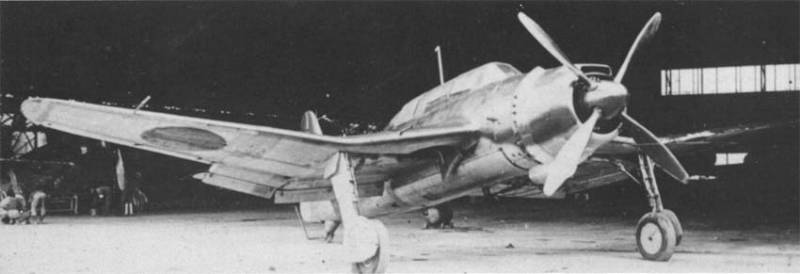
Information